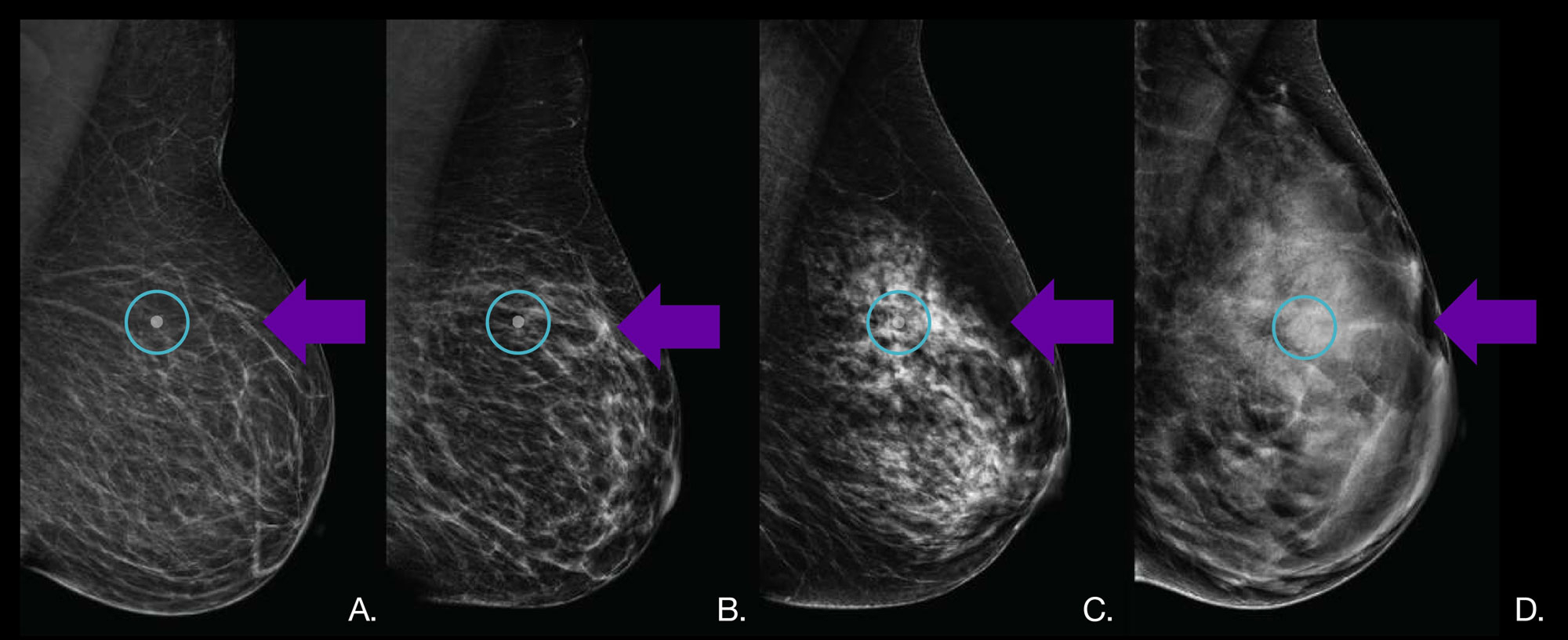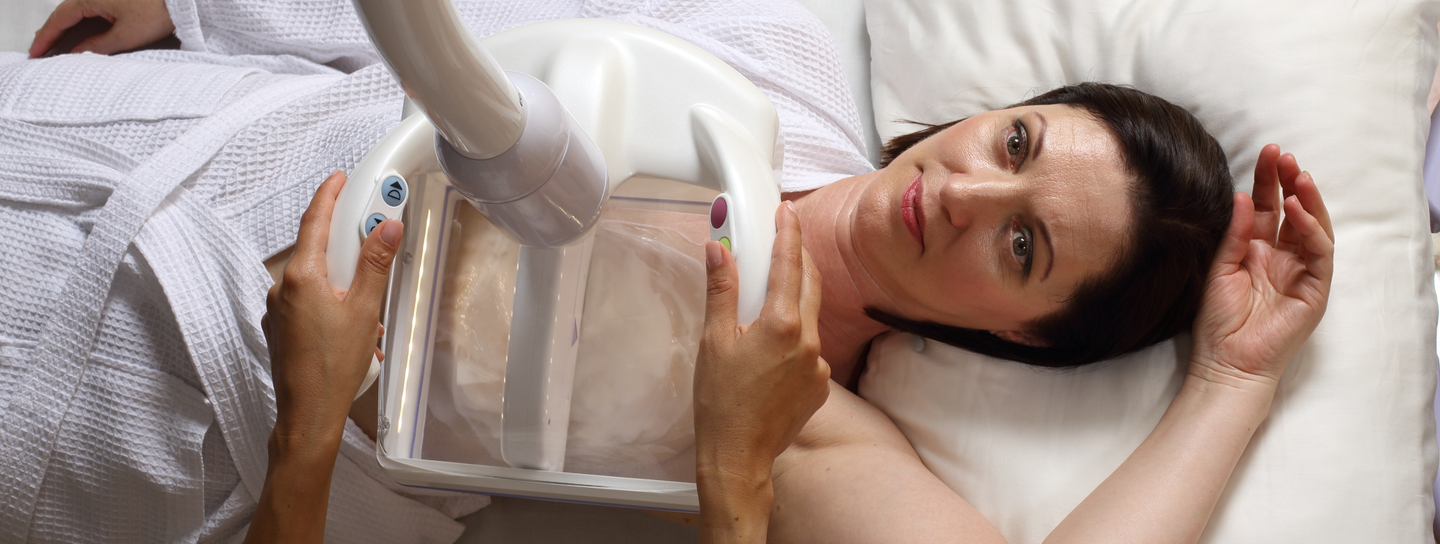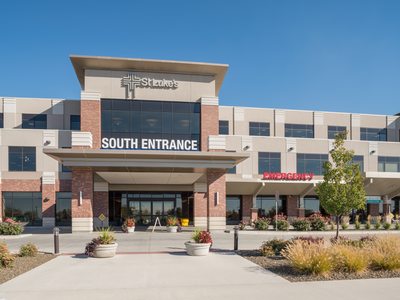Breast cancer screening using ultrasound helps doctors find cancers in dense breast tissue, which can be missed by traditional mammography. If you have dense breast tissue, using automated breast ultrasound (ABUS) screening with mammography has demonstrated a 35.7% increase in cancer detection compared to mammography alone.
ABUS uses sound waves that we use to create 3D images, allowing our radiologists to view hundreds of breast tissue "slices" that can show cancer or lesions in dense breast tissue that traditional imaging techniques might miss.
What to Expect
ABUS screening isn't like a mammogram. We apply a layer of lotion and then place a scanner on your breast to begin taking images. The exam usually takes about 15 minutes and produces clear 3D ultrasound images. Your doctor then reviews the ABUS images alongside your mammogram.


